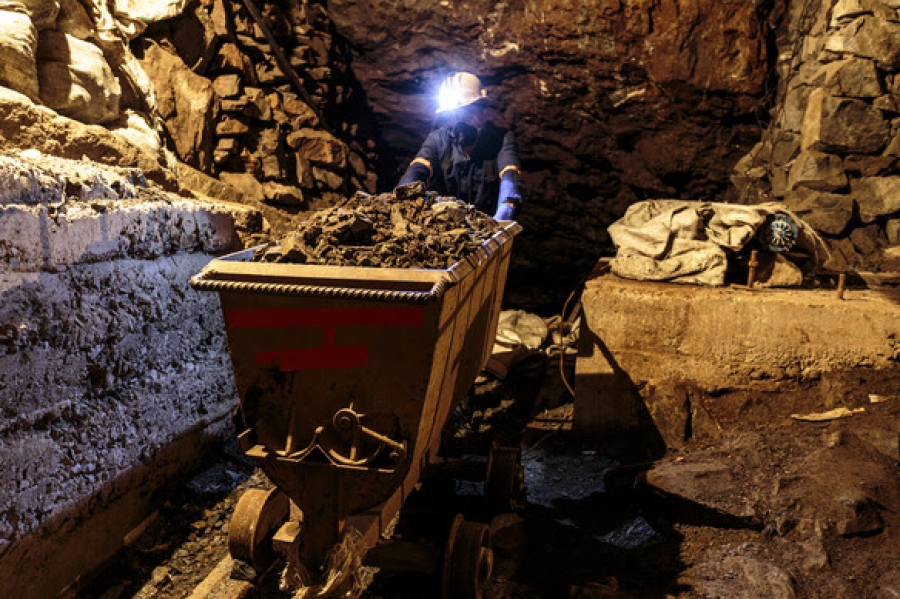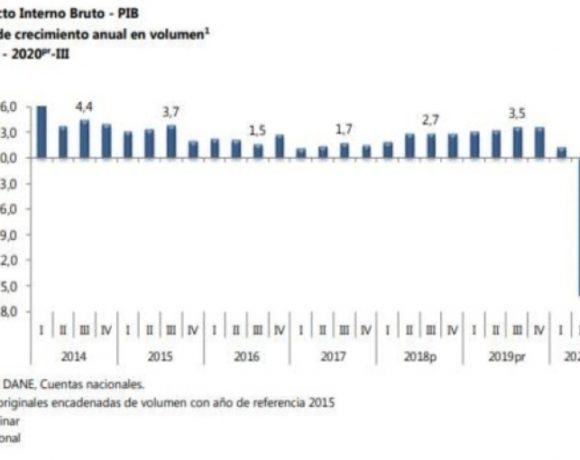Good News, Bad News on Mining in Colombia, Antioquia This Month

First, the good news: The Alliance for Responsible Mining (ARM) and Swiss watch and jewelry maker Chopard announced October 7 that several more mines in Colombia — beyond those in Antioquia — just obtained “Fairmined” certification under a joint ARM-Chopard project.
“As part of their long-term CSR [corporate social responsibility] strategy, called ‘The Journey to Sustainable Luxury,’ Chopard has financially supported the mining organizations in reaching ‘Fairmined Certification’ as well as sourcing ‘Fairmined Gold’ from other Fairmined certified mines for various jewelry and watch creations and for the famous Palme d’Or [trophies] of the Cannes Film Festival,” according to ARM.
The Fairmined Certification system was developed by ARM to “support the transformation of artisanal and small-scale mining (ASM) into a social and environmentally responsible activity that creates positive impact in mining communities” (see “Antioquia’s Big Mining Problems, Possible Solutions Detailed in New Study,” in Medellin Herald, September 29, 2015).
“The collaboration between ARM and Chopard is part of a larger project that ARM is implementing in Bolivia, Colombia and Peru thanks to the support of the Inter-American Development Bank (IDB) and the Multilateral Investment Fund (MIF),” ARM added.
Now, the bad news: Narco-terrorist gangsters known as “Los Urabeños” recently murdered two miners and wounded two others affiliated with the “Damasa” gold-mining organization in Segovia, Antioquia, which mines on behalf of Canada-based Gran Colombia Gold (GCG).
According to an October 6 report from Medellin newspaper El Colombiano, 1,600 miners working for Damasa affiliates Navar Asociados and Mineros Asociados have quit their jobs because of the murders and threats arising from miners’ refusal to pay extorsion to “Los Urabeños,” according to the report.
Even though the Colombian government has sent 80 more soldiers and 230 more police officers to Segovia in response to the latest violence, “the situation has become unsustainable,” Damasa spokesman Julio Erazo Cordoba was quoted as saying in the report.
Antioquia police commander Ramiro Riveros added that in the wake of the recent violence in Segovia, police have captured 11 suspects in Segovia, Remedios, Cáceres y Tarazá in a “plan of attack against extorsion,” according to the report.
Damasa workers have operated the “El Silencio” and “Providencia” gold mines via an operating contract with GCG, which has enjoyed a relatively good reputation in Antioquia because of special attention to worker’s rights, benefits, health and safety, and environmental protection.
Just days prior to the announced cessation of mining by Damasa, GCG cofounder and chairman Serafino Iacono boasted to Medellin Herald that GCG has been producing an average of 120,000 ounces of gold annually.
“We have a great program in Segovia with small miners where we have affiliated them to our company, trained them [and] gave them technical support. They are our contract miners, organized with all the benefits in a cooperative.
“They pay taxes. They have safety standards. And they don’t use mercury. This project that we created is now being taken as an example by the government as a way to stop illegal miners,” Iacono added.
GCG describes itself as “currently the largest underground gold and silver producer in Colombia with several underground mines in operation at its Segovia and Marmato operations” in Antioquia.
The Segovia-Remedios mines in Antioquia have been in operation for more than 150 years, according to GCG.
“Gran Colombia Gold’s mining plan at its Segovia operations is comprised of both company miners and third party contacted miners, also known as artisanal miners,” according to GCG.
“Under these existing contracts, the artisanal miners work the company’s mines and deliver the ore to the company’s mill for processing. Under this model, Gran Colombia Gold formalizes the artisanal miners, which provides the miners with health and pension benefits, health and safety training and a safer work environment.
“There are significant environmental benefits to the people and the community of Segovia because the Gran Colombia Gold operated processing plant eliminates the personal and environment exposure to mercury.
“With the growth of independently operated ore processors that use mercury to extract gold from the ore, this area of Colombia releases an estimated 60 to 100 tonnes of mercury into the environment every year and has the highest mercury pollution per-person in the world,” a problem that could be avoided if more miners adopted the relatively environmentally friendly GCG model of operation.
















